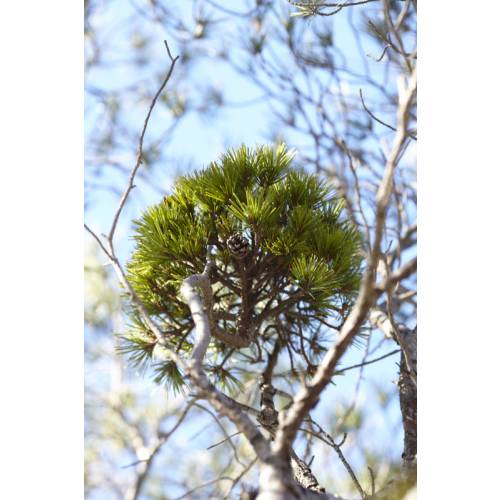
Diagnostic
Non-serious diseases
- Details
-
From time to time, a plant that has previously been healthy may display strange symptoms. Often there is no need to worry, as it is only a passing phenomenon that does not pose any threat to the plant. Learn to spot the signs!
Peculiar growths
On many of the leaves and even on the stems you start to see the appearance of strange growths and pustules that remind you of extraterrestrial life forms! In reality, the plant forms these scabs in reaction to miniscule bites from insects (a small aphid or flea). Be careful not to confuse these scabs with a disease called gall, which is found on potato tubers and has no relation with the scabs. In 99% of cases, the scabs will disappear on their own and present no danger to the plant. However, it is on fuchsias that the scabs can pose a problem as they deform all the buds. Any infected plants should be treated with insecticidal oil at the end of winter.
Deformed stems
One day you are bound to see a stem that is growing in a spatula shape and is noticeably different from the others. This can happen on any plant but is most commonly observed on those with lots of growth or after a harsh pruning. This phenomenon is known as fasciation, it is a deforming of the stem caused a non-serious irregularity. You can of course cut off the flattened stem if you find it aesthetically unpleasing.
Fasciation can also occur in flowers which will then take on a crest shape. It is this that gives the strange shape to some very large strawberries and is appreciated amongst other cultivated varieties, such as the celosia known as cockscomb.
Strange mottled colours
A plant can also all of a sudden have variegated leaves. In this case, it is usually an imbalance of chlorophyll in the leaves. Often the affected branches grow less than the others grow and are entirely green as they restrict the chlorophyll moving up. You can attempt to take a cutting of this variegated leaved branch: it is like this that many of the cultivated variegated varieties came into existence! On variegated leaved varieties, you may get shoots that are entirely either white or green: it is best to remove them.
Witches’ brooms !
On some trees and large shrubs, you may find branches that have unusually multiplied and which have formed a mass of tangled clump like branches. This type of deformation is called a witch’s broom although there is nothing evil about it. It is an inoffensive fungus that causes this condition, it is not contagious but it can persist for dozens of years. It is easy to cure by cutting off the branch just below this deformity but there is no harm in leaving this curiosity alone!
Vegetal cancer
It certainly does exist! It is often found on the trunks of trees where it creates what is known as a « magnifying glass » by cabinetmakers. This deformation is caused by bacteria, which cause a proliferation of plant tissue over many years without causing any harm to the tree. This is just as well as there is no means of removing this strange protuberance! - Photos (5)





